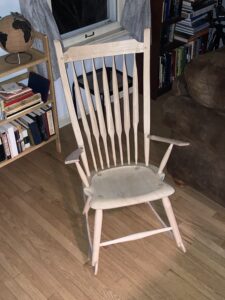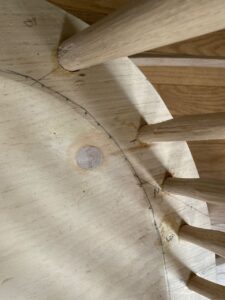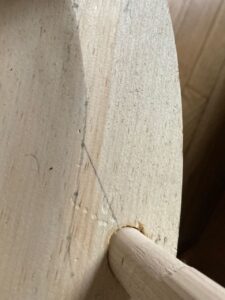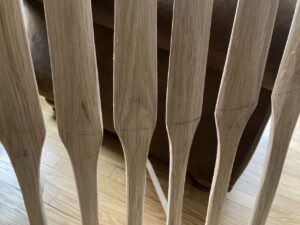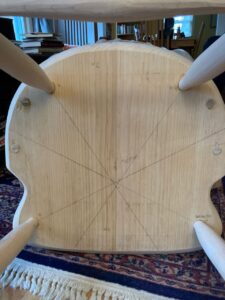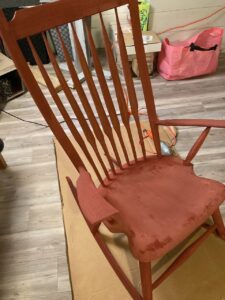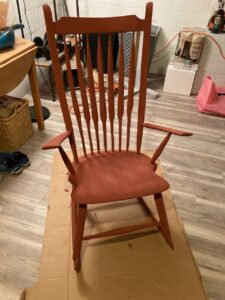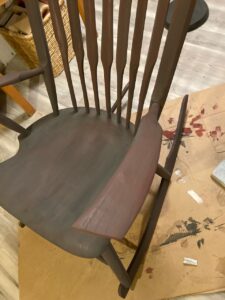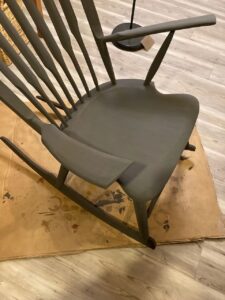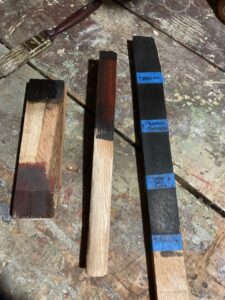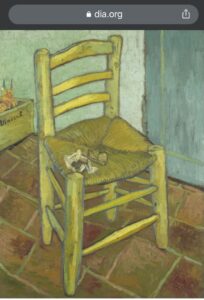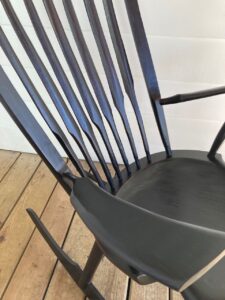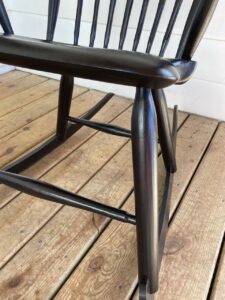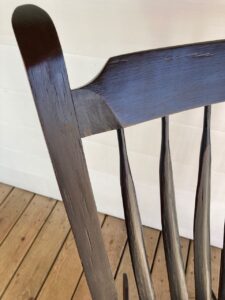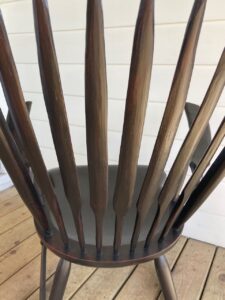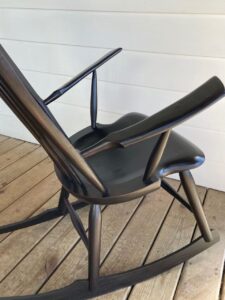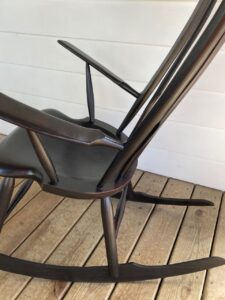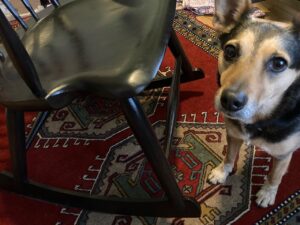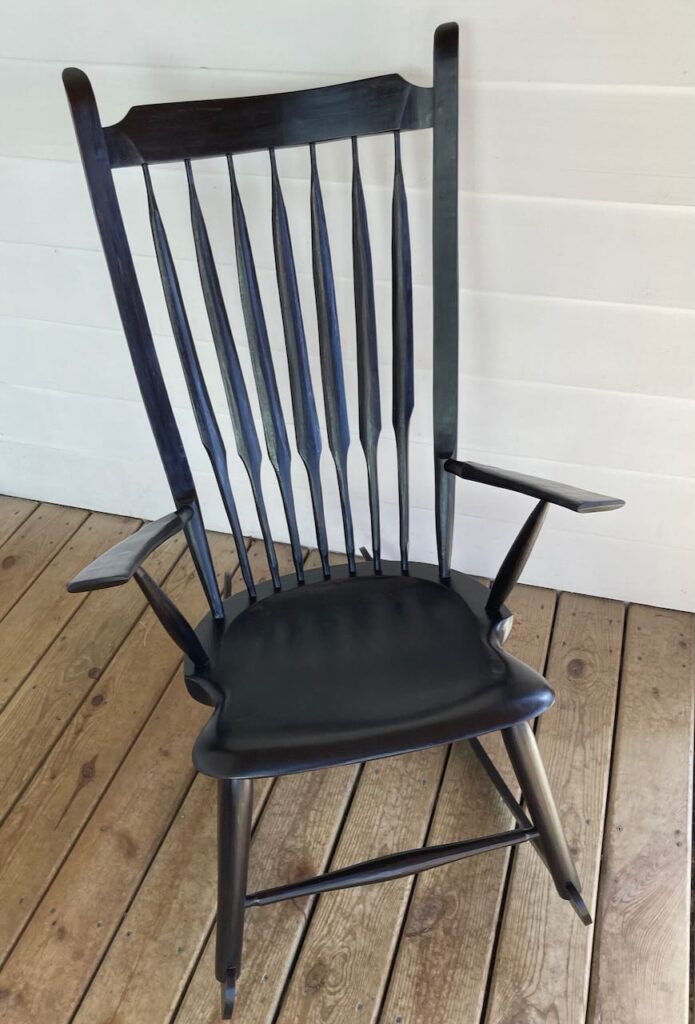Today I submitted a comment to the U.S. Copyright Office’s public comment system on AI and copyright. There are a lot of problems with copyright law. It lasts too long (my work shouldn’t be protected for 70 years after my death!) and is tilted towards corporate consolidation of power (hello, Disney).
But it currently doesn’t recognize machines as creators. That’s good. It should stay that way.
So, head on over to
https://www.copyright.gov/policy/artificial-intelligence/comment-submission/
and add your voice to what I hope is a strong chorus of support for keeping copyright human.
FYI, here’s what I said:
Please continue to uphold and strengthen the current policy on artificial intelligence (AI) technology as described in “Copyright Registration Guidance: Works Containing Material Generated
by Artificial Intelligence”; https://www.copyright.gov/ai/ai_policy_guidance.pdf).One possible route to do so is by adding language to the law and “Compendium of U.S. Copyright Office Practices” (https://www.copyright.gov/comp3/) to explicitly state that material generated by AI technology is not copyrightable.
In the Compendium, Section 313.2 could include something along the lines of
“A work generated by a machine or software, based on a prompt or request made by a human, regardless of whether the prompt or request itself might be deemed copyrightable, unique, or creative.”
as an example of something that lacks human authorship, and therefore is not protected by copyright.
Making sure that “Authors and Inventors”, as they’re described in Article I, Section 8 of the Constitution, are human will not only protect those in the creative arts, but those in technical fields as well. People who create new and useful AI technology should receive copyright protection, but the product of those AI technologies should not.
Thank you.
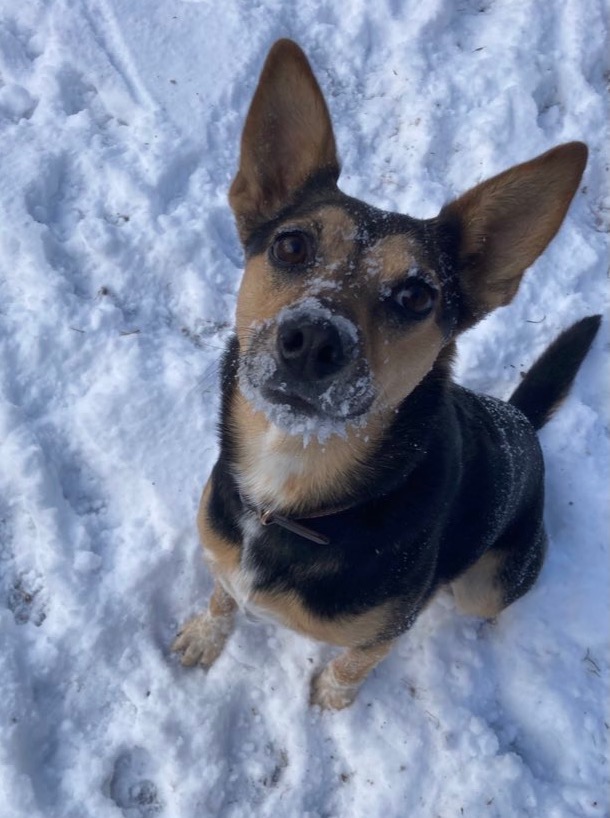
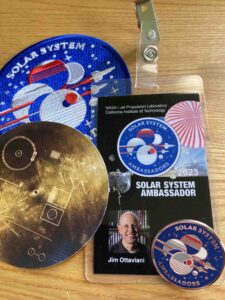 I’ve wanted to earn a NASA mission patch since the Apollo years. (Yeah, I’m of that vintage.) While it’s not a single mission, and I’m not contributing directly to NASA science or engineering, I’ve been selected as one of their 2023 Solar System Ambassadors.
I’ve wanted to earn a NASA mission patch since the Apollo years. (Yeah, I’m of that vintage.) While it’s not a single mission, and I’m not contributing directly to NASA science or engineering, I’ve been selected as one of their 2023 Solar System Ambassadors.